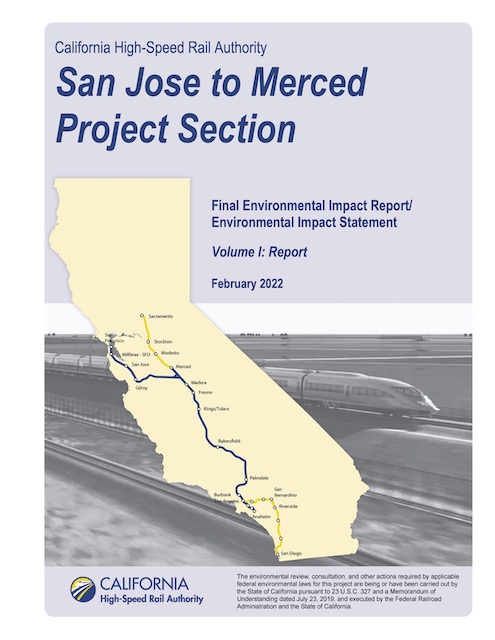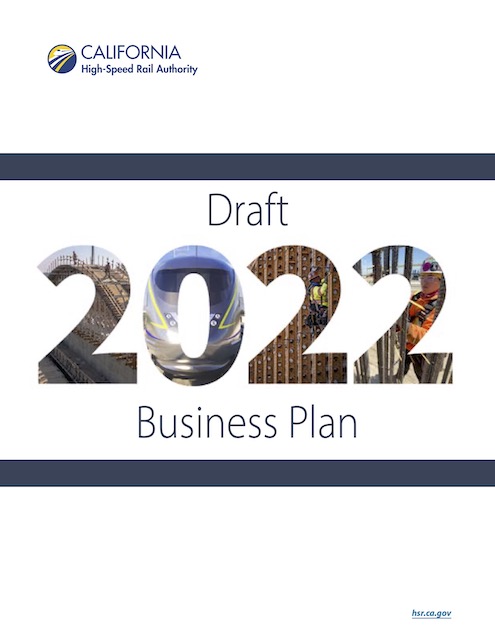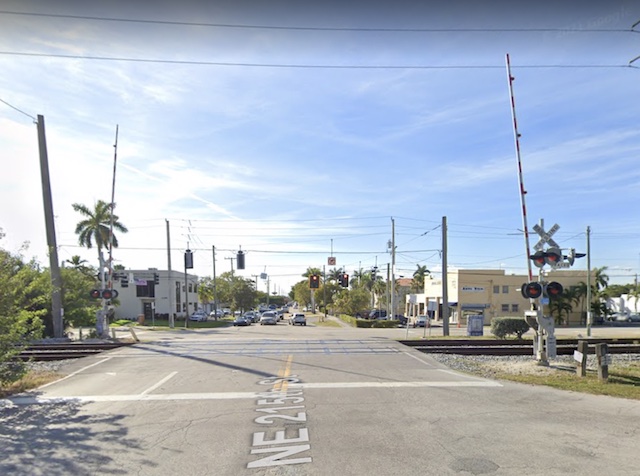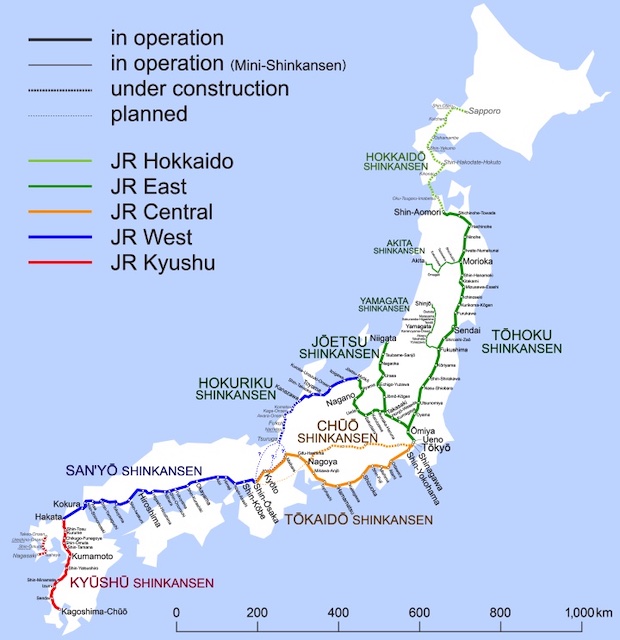American high-speed rail advocates must be thrilled that Marxist-communists, as represented by The International magazine, have endorsed high-speed trains in the United States, which they describe as “trains against capitalism.” To build high-speed rail, the article says, we must “return to the path blazed by the Soviet Union, and make use of its tools: central planning and public spending.” Because these tools worked so well there!
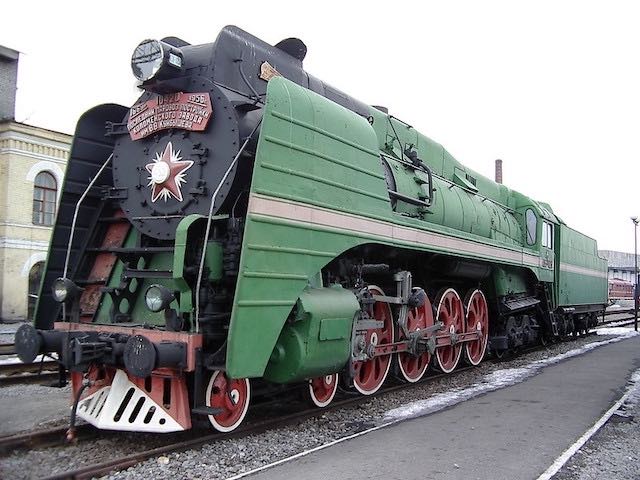
This steam locomotive was built in the Soviet Union in 1956, a decade after most U.S. railroads stopped buying steam locomotives. American locomotive manufacturers built better and more powerful locomotives than this in the 1930s. Soviet locomotives tended to be smaller and less powerful than American ones because most Soviet rail infrastructure was lightly built and couldn’t take the weight of more powerful locomotives. Photo by Andrey Korchagin.
The article praises the Soviet Union for building “one of the greatest systems of railways the world has ever seen.” This reminds me of a statement by University of Washington Russian Studies professor Daniel Chirot,” who once said that, by 1980, the Soviet Union had built the “finest nineteenth-century industrial economy the world has ever seen” (I’m quoting from memory but you get the idea). Continue reading →

